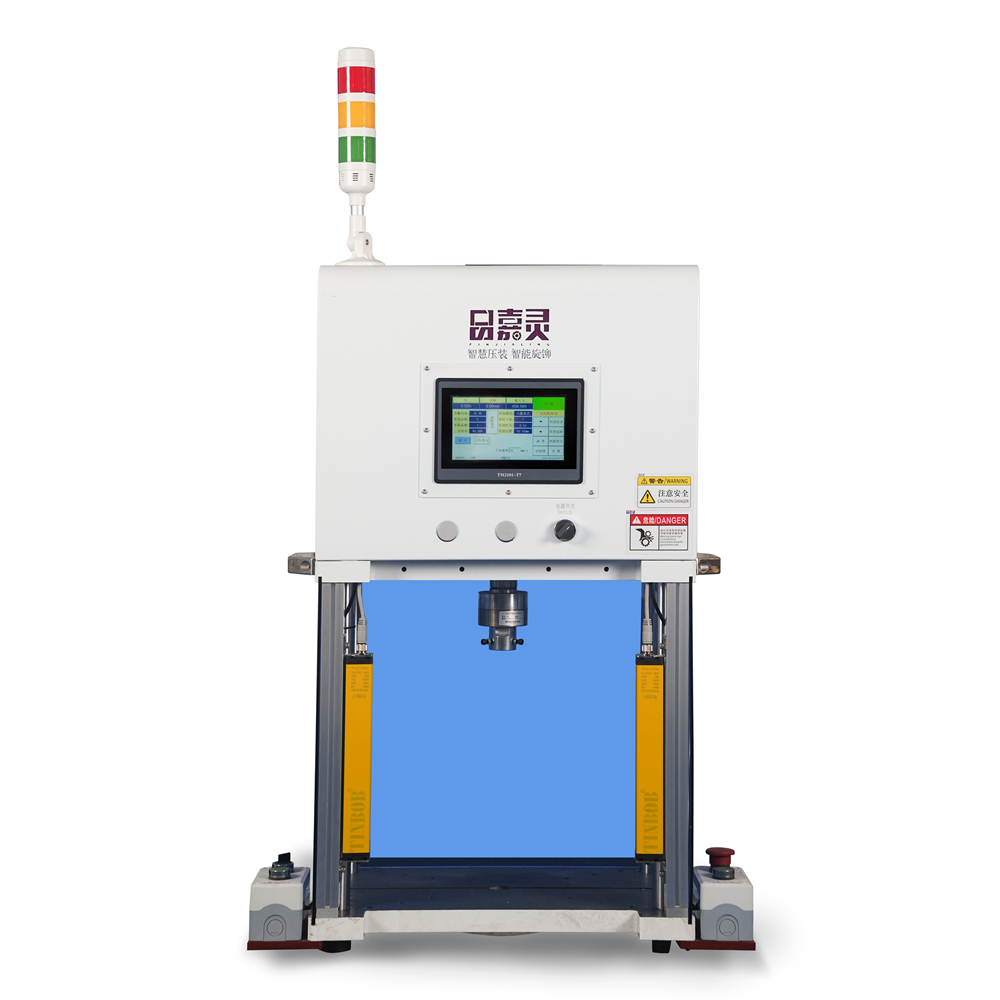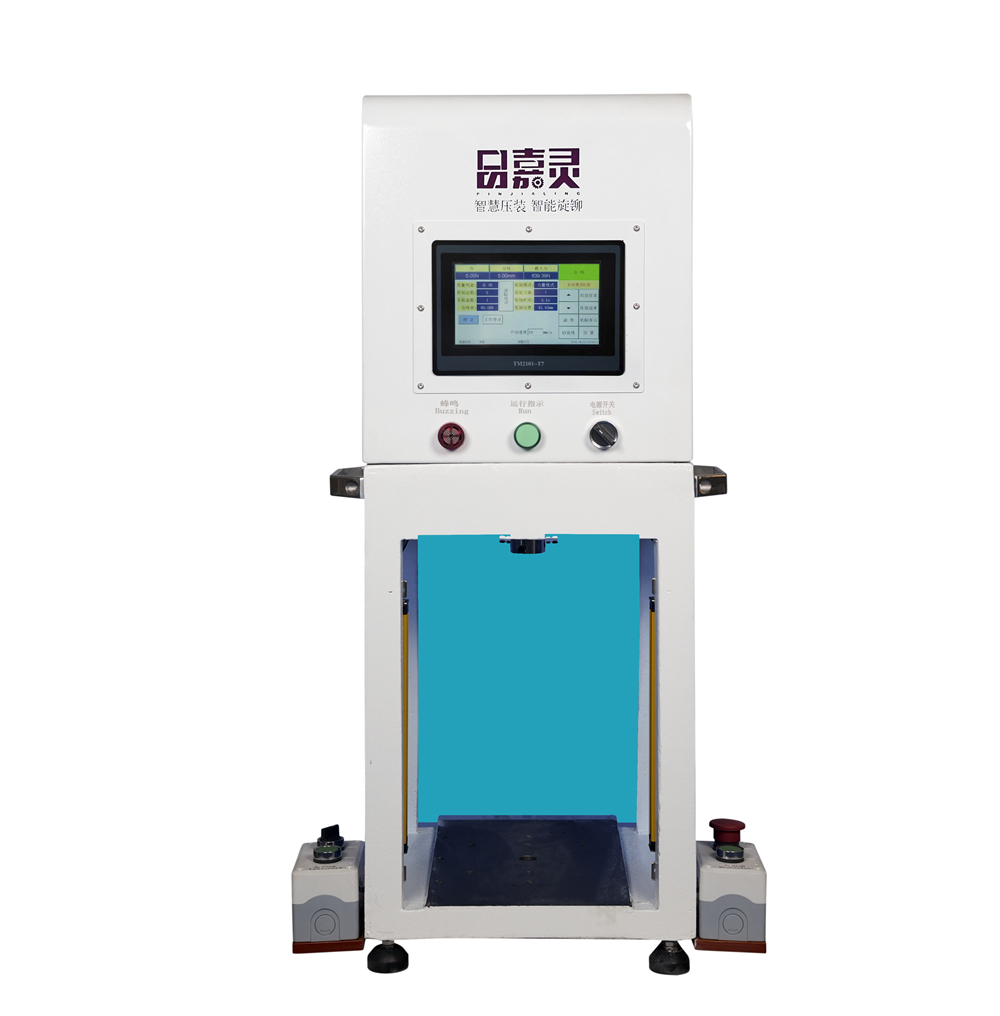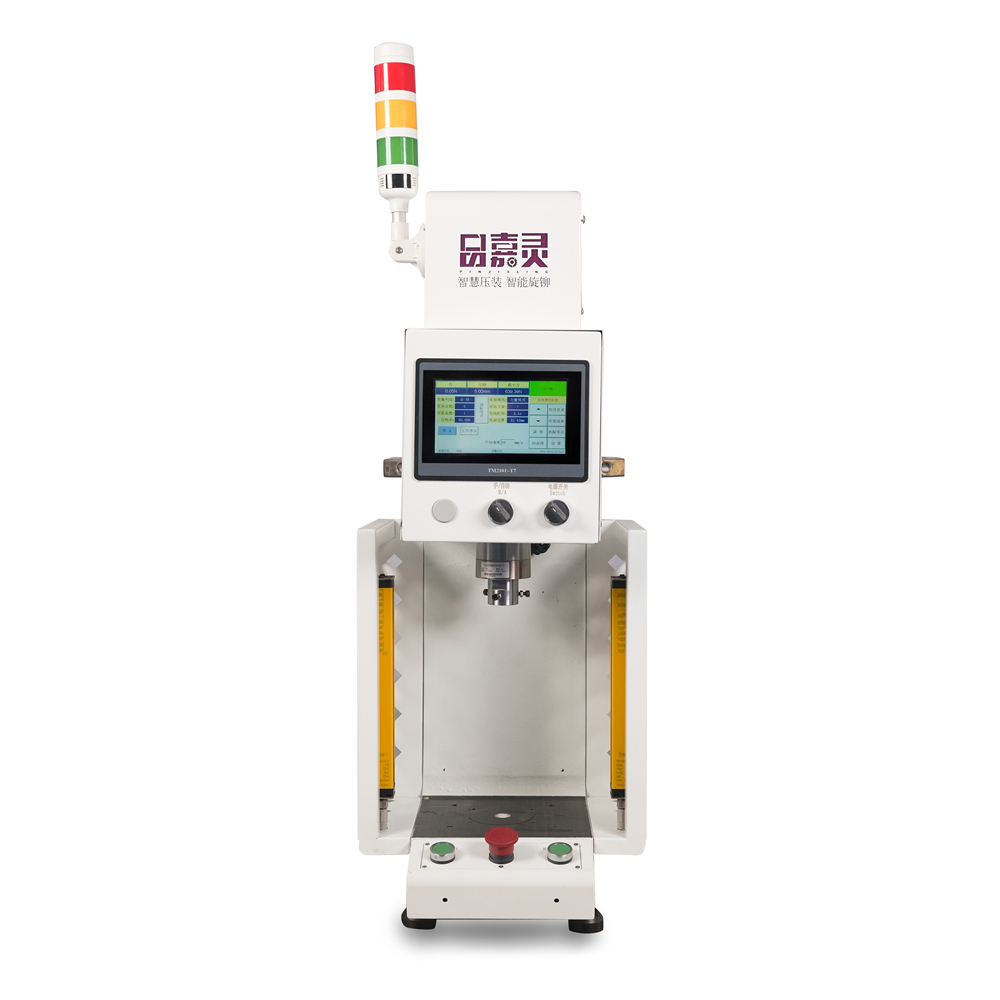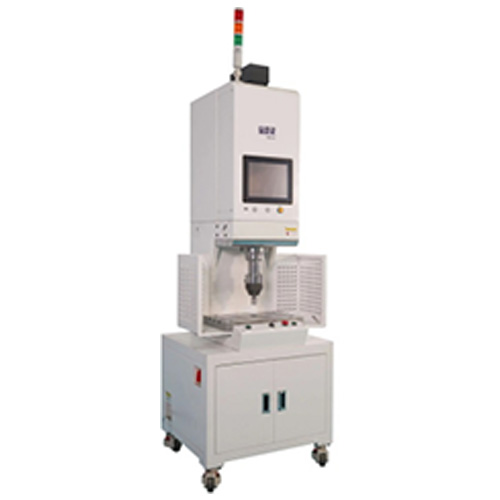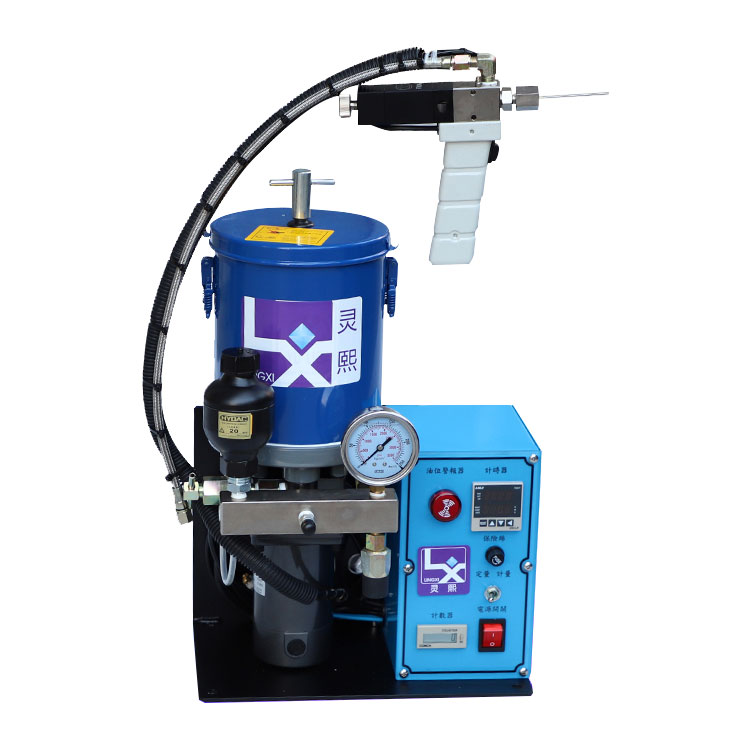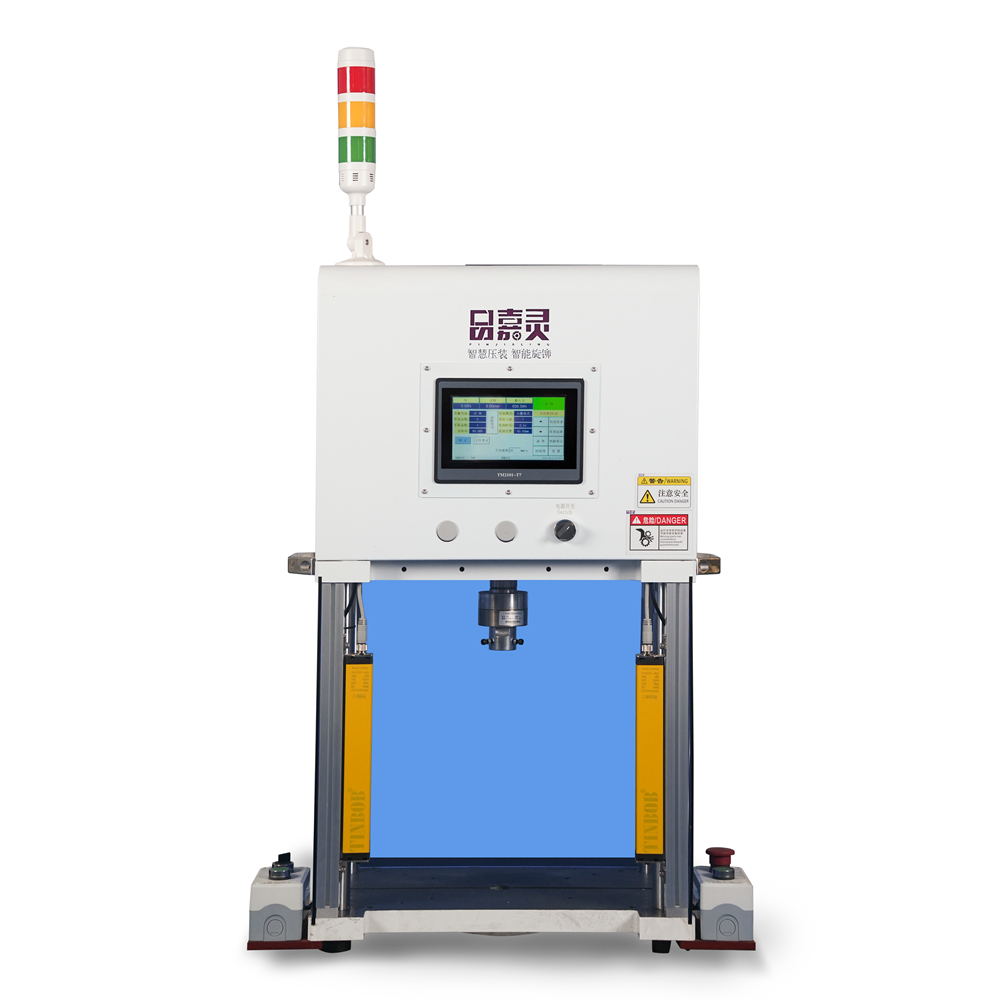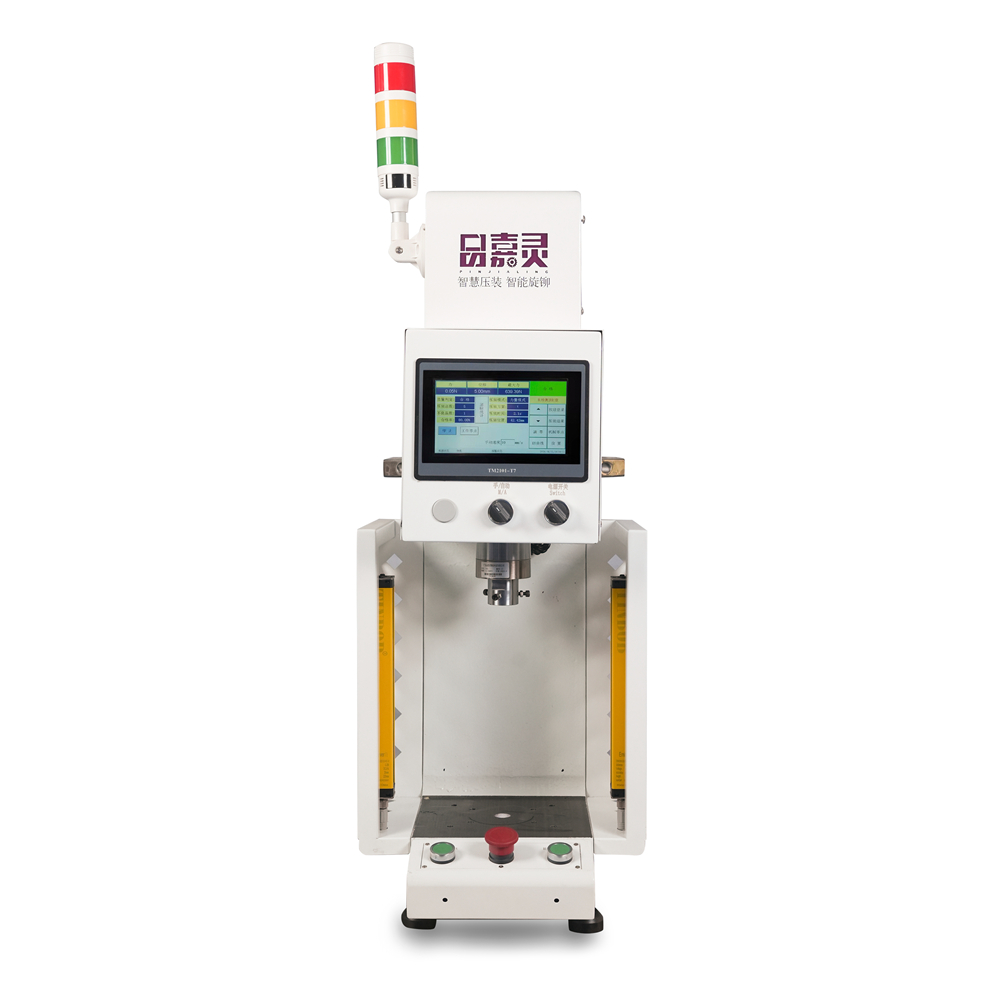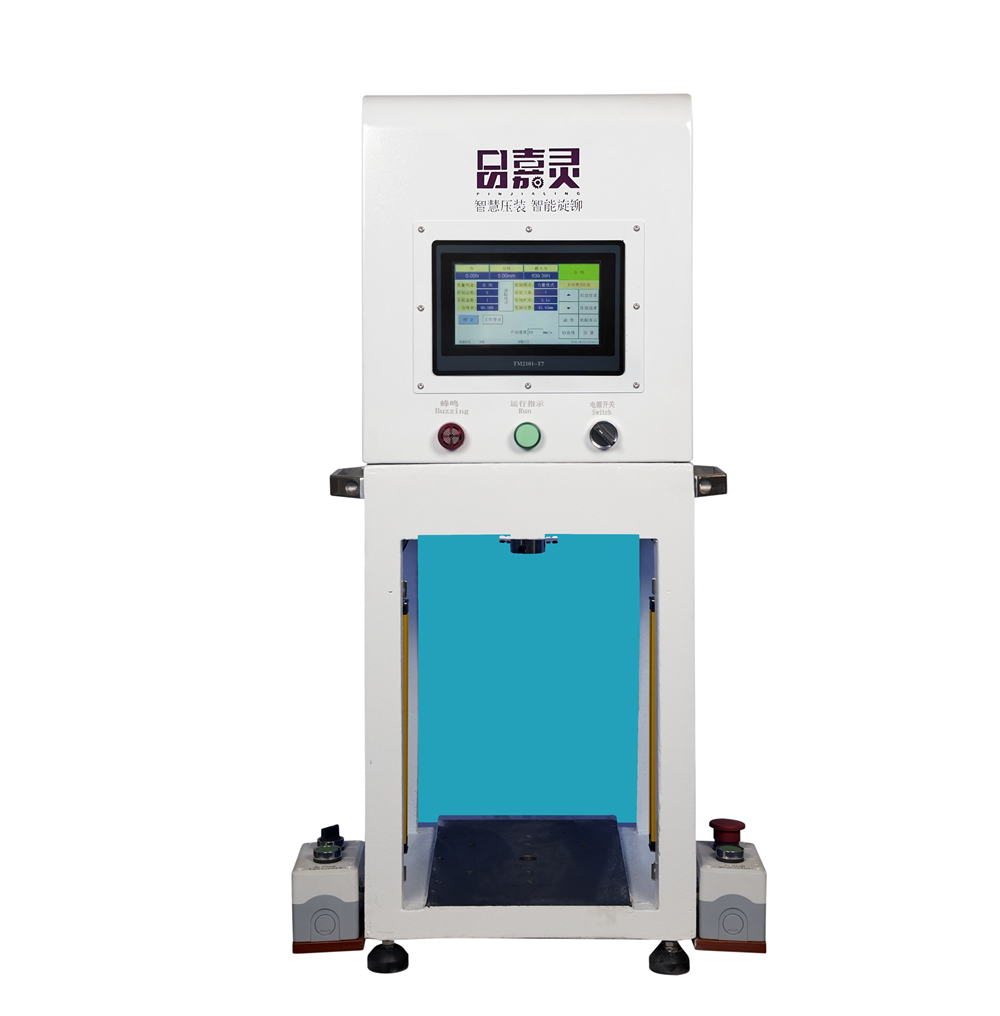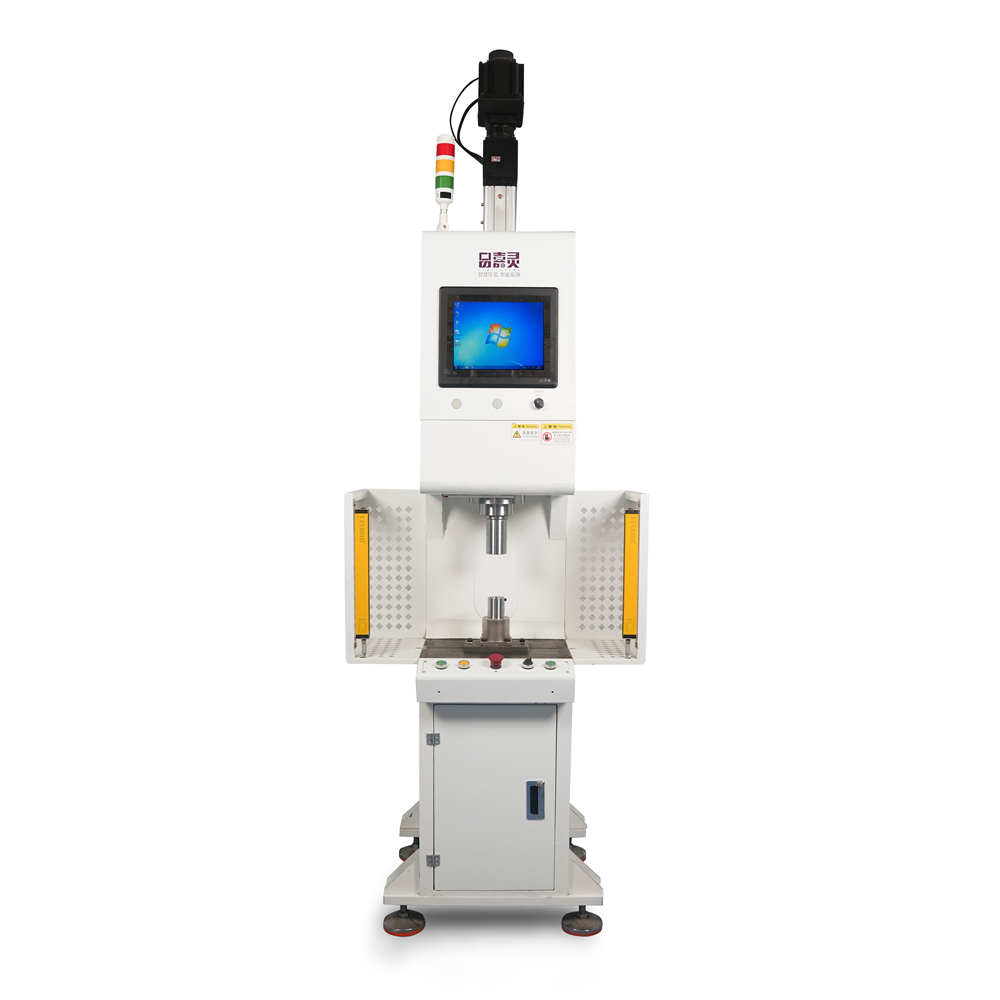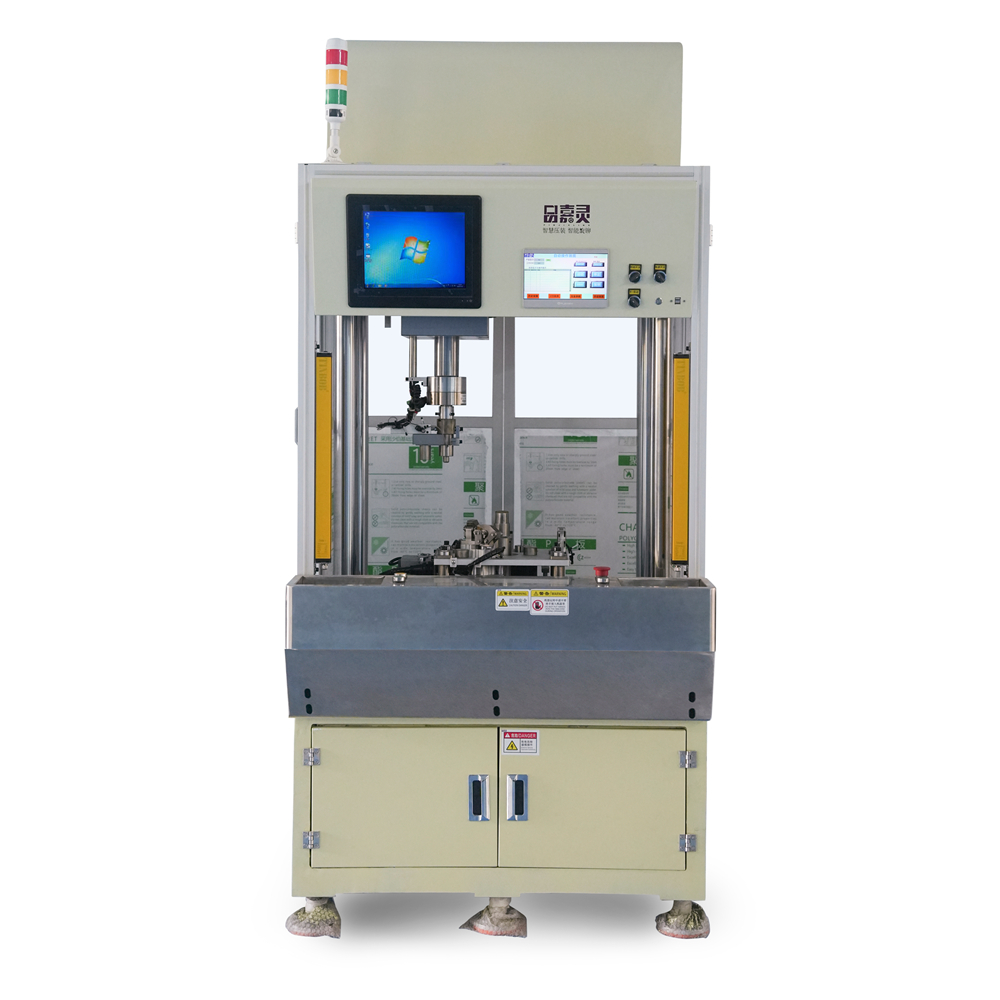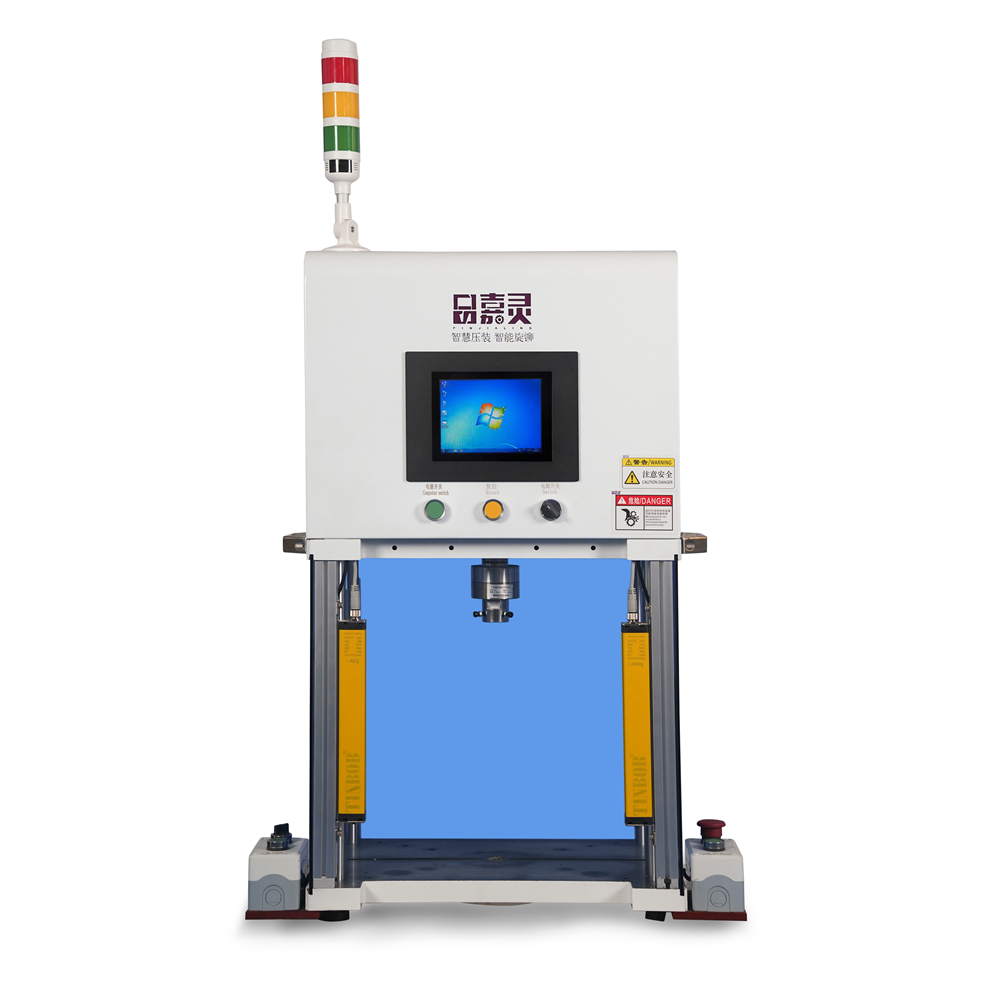Nano Linear Actuator form china: Revolutionizing Precision Movement
Introduction:
In recent years, there have been numerous advancements in the field of precision engineering and robotics. One such breakthrough is the development of the nano linear actuator, a device that has revolutionized precision movement in various industries. This article aims to explore the capabilities and applications of this groundbreaking technology.
Qu'est-ce qu'un actionneur linéaire nano ?
A nano linear actuator is a miniature electromechanical device that converts electrical energy into mechanical motion with incredible precision. It consists of a linearly moving component driven by a motor that can generate precise linear displacements on a nanometer scale. These compact actuators have become indispensable in nanotechnology, medical equipment, and other industries where precision and accuracy are paramount.
Working Principle:
Nano linear actuators operate on the basis of piezoelectric or electrostatic forces. Piezoelectric actuators use the piezoelectric effect, which is the ability of certain materials to produce an electric charge when a mechanical stress is applied. Electrostatic actuators, on the other hand, use the attraction and repulsion of electric charges to create motion. These working principles allow nano linear actuators to achieve sub-nanometer positioning accuracy.
Applications:
1. Microscopy: Nano linear actuators are extensively used in scanning probe microscopy, such as atomic force microscopy (AFM) and scanning tunneling microscopy (STM). These devices enable researchers to study surface topography and atomic structures with unprecedented precision. The precise control offered by nano linear actuators allows for accurate positioning of the probe and the sample, resulting in highly detailed imaging.
2. Biomedical Engineering: In the field of biomedical engineering, nano linear actuators find applications in areas such as drug delivery systems, microfluidics, and lab-on-a-chip devices. These actuators can precisely control the movement of micro-needles for targeted drug delivery or manipulate fluids in microchannels for analytical purposes. The ability to achieve precise movements in a confined space has revolutionized the field and opened up new possibilities in medical research and diagnostics.
3. Optics and Photonics: Nano linear actuators play a crucial role in the alignment of optical components in devices such as fiber-optic communication systems, lasers, and optical switches. Their precise motion control allows for accurate alignment of lenses, mirrors, and other optical elements, resulting in improved performance and efficiency. The compact size of these actuators is particularly advantageous in miniaturized optical systems.
4. Semiconductor Manufacturing: The semiconductor industry heavily relies on nano linear actuators for precise positioning and alignment of wafers, masks, and other components during the fabrication process. These actuators ensure high accuracy in various stages of semiconductor manufacturing, leading to improved yield and overall productivity. The ability to achieve nanoscale positioning is critical in the production of increasingly smaller and more complex integrated circuits.



Advantages:
The advent of nano linear actuators has brought about several advantages in precision movement technology. These include:
1. High Precision: Nano linear actuators offer unmatched precision in motion control, enabling movements on a sub-nanometer scale. This level of accuracy is crucial in industries where even the slightest deviation can have significant consequences.
2. Compact Size: Nano linear actuators are incredibly small and lightweight, making them ideal for applications where space is limited. Their compact size allows for integration into miniaturized systems without compromising performance.
3. Fast Response Time: These actuators can achieve rapid response times, allowing for quick and precise adjustments in real-time. This feature is particularly valuable in applications that require dynamic and on-the-fly positioning.
4. Low Power Consumption: Nano linear actuators consume minimal power, making them energy-efficient and suitable for portable or battery-operated devices. Their low power requirements also contribute to reducing overall operational costs.
Conclusion:
The development of actionneurs nanolinéaires has revolutionized precision movement in various industries, from nanotechnology and medicine to optics and semiconductor manufacturing. Their ability to achieve sub-nanometer positioning accuracy and compact size has opened up new possibilities in these fields. As this technology continues to advance, we can expect further breakthroughs and applications that will shape the future of precision engineering.
- Desktop four-column servo press: an efficient and precise industrial tool
- In modern industrial manufacturing, with the continuous improvement of product quality and production efficiency requirements,...
- Precise control of servo printing machines, the secret to improving printing quality and production efficiency
- Servo printers can significantly improve printing quality and production efficiency through precise control. Here are...
- Servo printer: intelligent equipment leading the new era of efficient printing
- With the rapid development of science and technology, the printing industry has also ushered in...
- Multifunctional Servo Riveting Machine: How to achieve efficient and accurate riveting process?
- In modern manufacturing, multifunctional servo riveting machine has become an indispensable equipment in many industrial...
- Motorcycle Engine Bracket Servo Press: The Power of Precision Manufacturing
- In the motorcycle manufacturing and assembly process, the engine mount is a key component that...
- Electric Lubricator: a powerful assistant in the field of lubrication
- Electric grease machine, a powerful assistant in the field of modern industrial lubrication, plays an...


